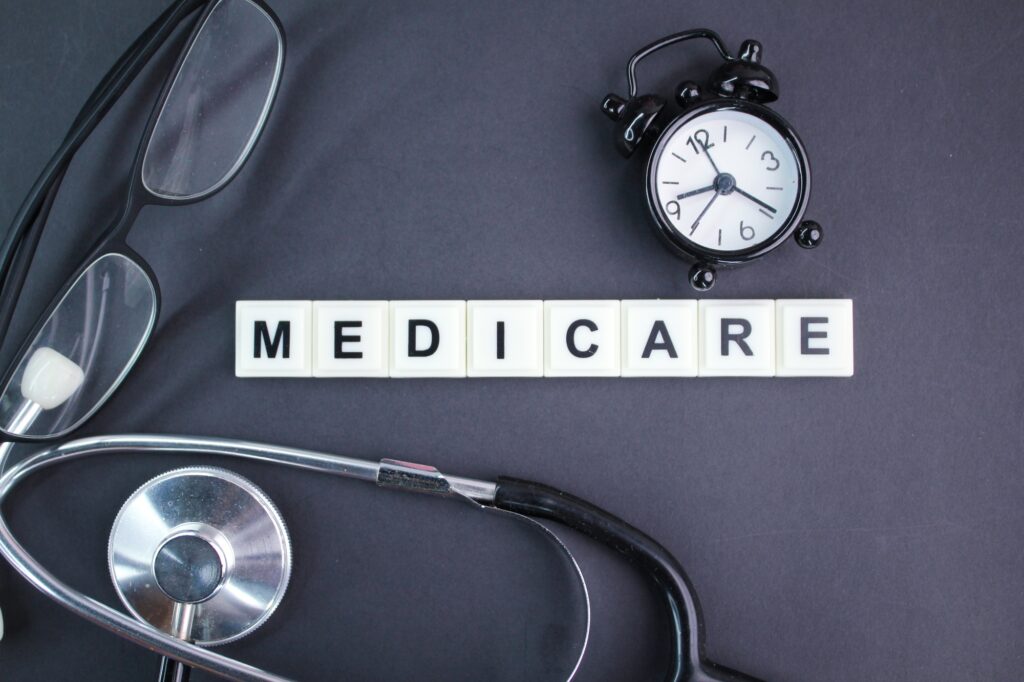Jesse Smedley is the Principal Broker for iHealthBrokers and the founder, president, and CEO of Smedley Insurance Group, Inc. and iHealthBrokers.com. Since the inception of SIG in 2007, Jesse has been dedicated to helping people save money on their health insurance by providing them with resources to educate themselves on all their health insurance options, both under age 65 and Medicare beneficiaries. He is featured in many publications as well as writes regularly for expert columns regarding health insurance and Medicare.
Medicare Part D is your prescription drug coverage. It can be a little confusing, but there are several ways you can make the most of your Medicare Part D plan.
Late Penalties
First, let’s talk about Part D enrollment and late penalties. You have a few opportunities to enroll in Medicare Part D.
Your individual open enrollment: the three months before you turn 65, the month of your 65th birthday and the three months thereafter
A special enrollment period if you qualify
The annual enrollment period: Oct. 15-Dec. 7
If you go for a period of more than 63 days without prescription drug coverage you may be charged a late penalty. So, it’s important that you are aware of timing when enrolling in Part D.
What is the late penalty and how is it calculated?
After you’ve hit 63 days, you’ll be charged 1% of the base premium for each month you are without creditable RX coverage. So, 1%, then 2%, then 3%…you get the idea. The national base beneficiary premium in 2021 is $33.06 per month. This penalty gets tacked on to your monthly premium forever. However, it may not be a significant amount. Even if you were to wait a full year, it would still be less than $4 added on to your monthly premium.
Let’s be honest. If you really, really do not need prescription coverage right now, that late penalty is not the end of the world. It won’t become a more significant number until you’ve gone a longer period of time without coverage. But, don’t be fooled! At some point, as we age, our prescription needs become more extensive and we do need some type of coverage. If you are going to wait, don’t risk it too long or you may end up with large prescription drug bills!
Basic / Enhanced Part D Plans

While we’re talking about saving money, let’s talk about picking the right plan. Part D plans are federally regulated but because they are offered by private carriers, carriers can choose to offer better benefits to compete for your business.
As of 2021, your Part D deductible cannot be higher than $445. However, some carriers will offer a lower deductible or waive it entirely. They may make up those costs with higher premiums or higher copays on your medications. Run the numbers and shop around. Don’t be taken in by a plan that seems too good to be true.
If you are not someone with extensive RX drug needs, you may be served with a more basic Part D plan with lower premiums. And vice versa. As always, we recommend working with a broker to ensure you’re picking the right plan for your needs and your budget. But, if you want to go it your own, you can always use the plan finder on Medicare.gov. You can even check the prices of different prescription drugs with different plans if you have medication you take on a regular basis.
Extra help
You may also qualify for additional savings with the extra help program. Extra help may help you pay for your Part D premiums or waive them entirely. It will also help limit your out of pocket costs when paying for a medication. However, there are income and asset criteria you must meet in order to be eligible.
Dependent upon you assets and income, you may qualify for partial extra help or full extra help. Partial extra help will entitle you to a $92 deductible (or less). Additionally, your medications will have a 15% coinsurance (or less). Finally, once you hit $6,550 in out of pocket costs, your generics will be $3.70 and name brands will be $9.20.
If you are eligible for full extra help, you will have no deductible and no monthly premium. Generics will be $3.70 and name brands will be $9.20.
Remember, if you enroll in a Medicare Savings Program, you may be automatically enrolled in Extra Help.
The Part D Donut Hole
You may or may not have heard of Medicare Part D’s dreaded donut hole or coverage gap. Basically, Part D has four stages:
- The Deductible
- The Initial Coverage Period
- The Coverage Gap (Donut Hole)
- Catastrophic Coverage
In 2021, the max deductible has been set for $445 or less dependent upon your carrier. You’ll be responsible for all charges out of pocket until you meet your deductible. At that point, you’ll enter into the initial coverage period. You’ll have set copays dependent upon the tier of the medication. The cap set for this stage is $4130. At that point you’ll enter into the coverage gap or donut hole and you’ll see your costs jump!
Really, you’d like to stay in the initial coverage period to keep you prescription drug costs low. So, keep track of how much you’re spending (because your carrier certainly is). If you need to fill a generic, low cost prescription, perhaps something like an antibiotic, you may want to consider paying for it out of pocket rather than billing your insurance. You may find that the cost is very similar and if it can keep you out of the dreaded donut hole, you’ll end up saving money.
Insulin
Finally, let’s talk about insulin. Many plans participate in the insulin savings model which provides participants with 30 day supplies of insulin for $35. So, if you rely on insulin for your diabetes, you may want to enroll in one of these plans. But really, this advice can be applied across the board. The more specific you can be regarding your needs when choosing your plan, the better your chance of choosing a plan that meets those needs. And remember to review your plan every year during the AEP.
If you have any questions, you can reach us here at iHealthBrokers at 888-918-0518 or schedule a call today. Our services are 100% FREE.







